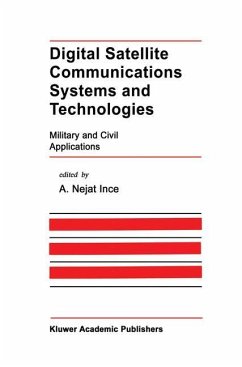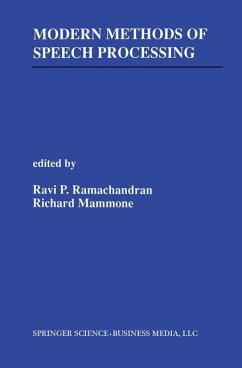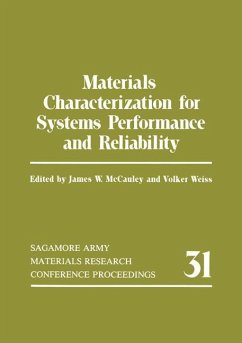The book is based on the results of studies carried out by a working group which was set up by NATO in 1986 to consider the future potential of satellite communications in the post 2000 era and to identify areas for significant technological thrust. It contains a substantial amount of information, most of it original, on almost every aspect of satellite communications. Starting from certain postulated trends about future SATCOM, it assesses emerging technologies and develops potential SATCOM system architectures, including space, ground and control segments, with particular emphasis on military applications which involve the most advanced and demanding techniques and technologies ranging from materials to signal and speech processing.
The mean ideas treated in the book are:
- techniques and technologies related to signal processing and switching, adaptive antennas, optical and EHF links for inter-satellite communications, AI, and robotics for SATCOM;
- system architectural concepts utilizing GEO/inclined/Tundra orbits and clustered/tethered/proliferated LEO satellites;
- national systems and developments;
- threat (electronic warfare, physical, nuclear);
- electronic counter-counter measures (ECCM);
- propagational issues (including nuclear effects);
- network and transmission issues (implementation);
- satellite payloads, power generation in space, launch vehicles;
- system management;
- cost-performance models and analysis.
This book is an excellent reference source and is suitable as a text for advanced courses on the subject of satellite communications.
Among the space activities of the last three decades satellite communications (SATCOM) has found the widest application in meeting both civil and military communications requirements. Several international, regional and national SATCOM systems of increasing capacity, capability and complexity have been and are being implemented over the years. The latest versions are utilizing such concepts as spot beams, processing transponders in SS-TDMA and operations in different frequency bands including the EHF band. On the military side, the United States of America, the United Kingdom, France and NATO (the North Atlantic Treaty Organisation) have been the only owners and operators of military SATCOM systems in the West. The systems in being and under development use satellites and ground terminals with characteristics which differ from the civilian ones with respect to frequency bands utilised and survivability and interoperability. The SATCOM has given the military users the potential ofhaving much-needed mobility, flexibility and survivability in strategic and tactical communications for land, sea and air operations. It must, however, be said particularly for the military SATCOM systems that they have been evolved in big jumps, both in time and capability, each jump involving the deployment of two or three often specially designed large satellites, large expenses and rather traumatic transition between jumps. Despite these undesirable features these systems did not have the required degree of suevivability and flexibility.
The mean ideas treated in the book are:
- techniques and technologies related to signal processing and switching, adaptive antennas, optical and EHF links for inter-satellite communications, AI, and robotics for SATCOM;
- system architectural concepts utilizing GEO/inclined/Tundra orbits and clustered/tethered/proliferated LEO satellites;
- national systems and developments;
- threat (electronic warfare, physical, nuclear);
- electronic counter-counter measures (ECCM);
- propagational issues (including nuclear effects);
- network and transmission issues (implementation);
- satellite payloads, power generation in space, launch vehicles;
- system management;
- cost-performance models and analysis.
This book is an excellent reference source and is suitable as a text for advanced courses on the subject of satellite communications.
Among the space activities of the last three decades satellite communications (SATCOM) has found the widest application in meeting both civil and military communications requirements. Several international, regional and national SATCOM systems of increasing capacity, capability and complexity have been and are being implemented over the years. The latest versions are utilizing such concepts as spot beams, processing transponders in SS-TDMA and operations in different frequency bands including the EHF band. On the military side, the United States of America, the United Kingdom, France and NATO (the North Atlantic Treaty Organisation) have been the only owners and operators of military SATCOM systems in the West. The systems in being and under development use satellites and ground terminals with characteristics which differ from the civilian ones with respect to frequency bands utilised and survivability and interoperability. The SATCOM has given the military users the potential ofhaving much-needed mobility, flexibility and survivability in strategic and tactical communications for land, sea and air operations. It must, however, be said particularly for the military SATCOM systems that they have been evolved in big jumps, both in time and capability, each jump involving the deployment of two or three often specially designed large satellites, large expenses and rather traumatic transition between jumps. Despite these undesirable features these systems did not have the required degree of suevivability and flexibility.








